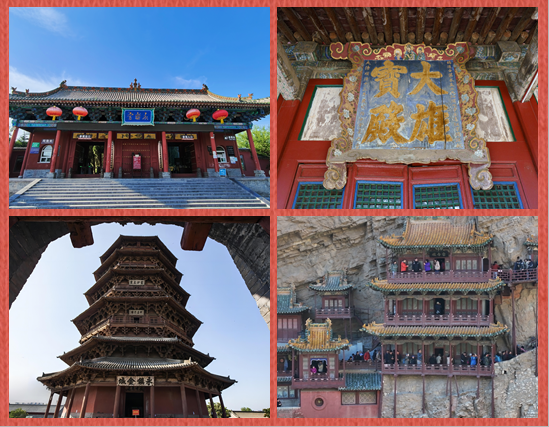New archaeological discoveries at Shanxi's Baliping site
The Shanxi Provincial Institute of Archaeology revealed new findings on Dec 5 from the Baliping site in Qinshui county, Jincheng city, North China's Shanxi province. It identifies the site as the largest known late Neolithic site in the southeastern Shanxi region and as a pivotal hub for cultural interactions and exchanges.
After systematic investigations and explorations from 2020 to 2024, archaeologists have determined that the site covers an area of at least 1 million square meters and contains remains from the late Miaodigou, Longshan, and Erlitou periods.

Cultural relics excavated from the Baliping site. [Photo/Shanxi Daily]
By identifying carbonized plants, animal bones, jade artifacts, and other remnants unearthed at the Baliping site, archaeologists have inferred that hunting and gathering economies played a significant role in the daily lives of its ancient inhabitants.
Given that the Baliping site is located 90 kilometers west of the Taosi and Zhoujiazhuang sites and 110 km south of the Erlitou site, archaeological work around the site and the Qinhe River basin has provided evidence of cultural exchanges between Central China's core areas and its surrounding regions.
Population migrations and cultural influences converging towards Central China have contributed to the rise of these core areas, shaping a diverse and integrated cultural landscape.
The new findings prove that continued surveys and comprehensive studies on the Baliping site hold significant academic value in understanding the crucial role of the southeastern Shanxi region in the early development of Chinese civilization.



